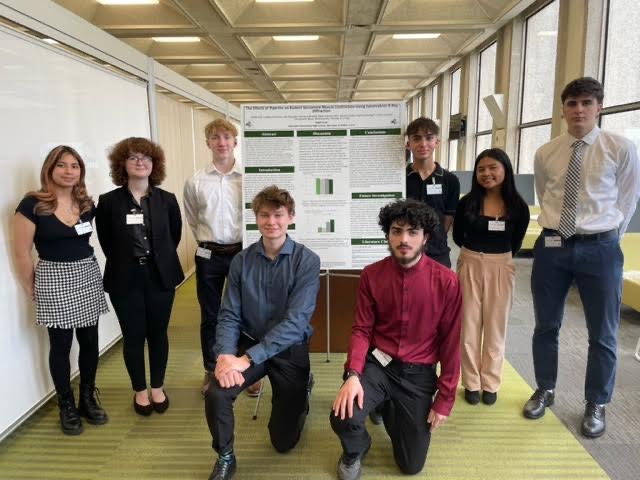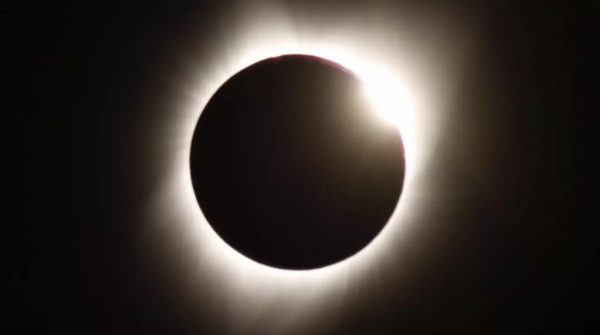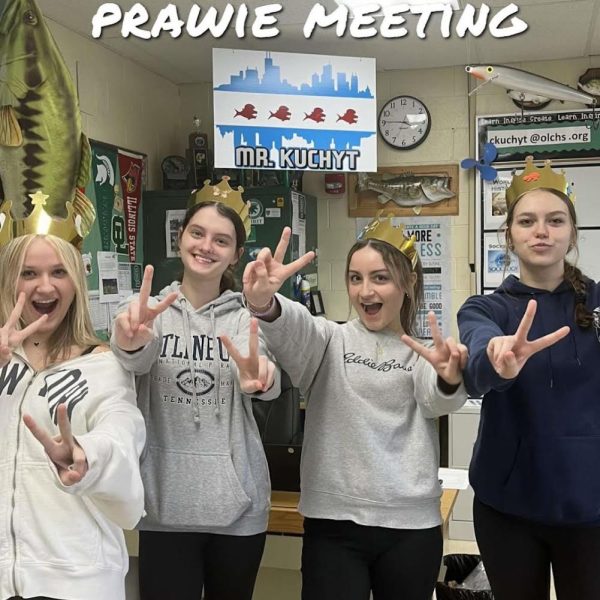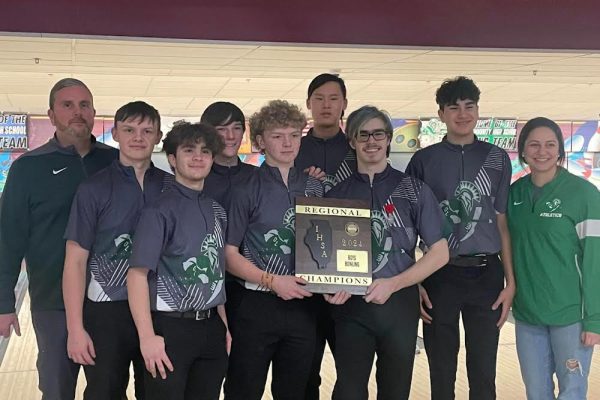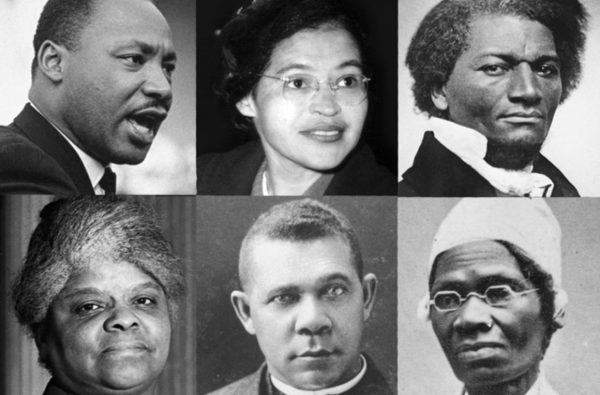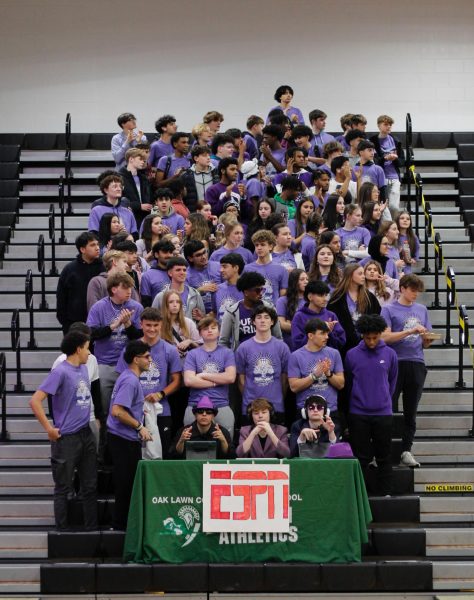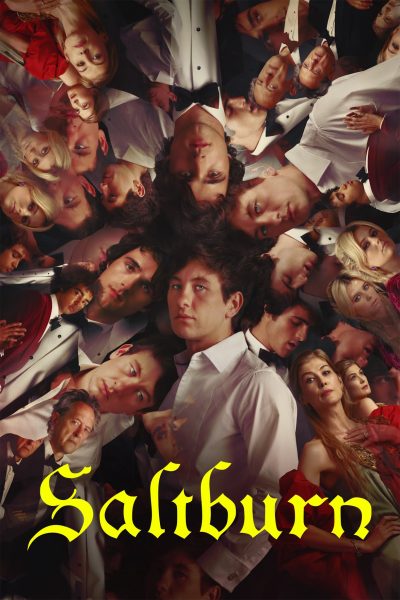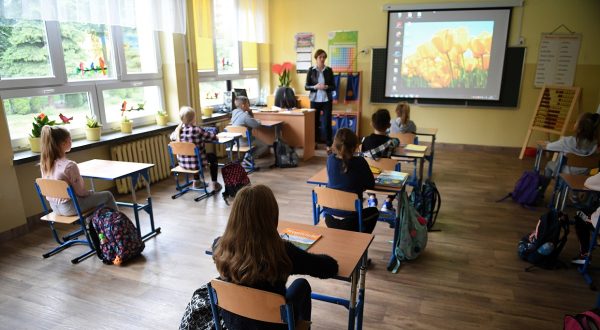Student Scientists Present Their Research
May 8, 2023
The Exemplary Student Research Program, hosted by physics teacher Mr. Repa, is an exciting opportunity for high-achieving STEM-oriented students. This year, eight student scientists were selected to participate in this program and work alongside Illinois Institute of Technology professor Dr. Thomas C. Irving to conduct an experiment at Argonne National Laboratory.
“Dr. Irving offered to mentor the OLCHS team and share his personal research with us. We worked directly with his study data in the hopes of advancing his thesis. Dr. Irving and his team were pleased with our analysis and what it means for the future of the study,” says Repa.
The experiment analyzed the effects of piperine, the alkaloid responsible for the pungency of black pepper, on muscle contractions. Samples of rodent extensor digitorum longus skeletal muscle were prepared by staff at Argonne National Laboratory. These samples were then submerged in solutions containing varying concentrations of piperine, then electrically stimulated and analyzed. In short, the study concluded that piperine concentration has a directly proportional relationship to the rate of muscle contractions. This means that because piperine increases muscle contractions, thus burning more energy, it can potentially be used as a treatment for weight loss.
Repa states, “Their research has real-world implications for the future of weight loss medication. I was very impressed with how quickly students were able to comprehend and source sophisticated scholarship. This speaks volumes for their scientific prowess and passion.”
Of the students selected, four were juniors and four were seniors, so it was natural to split into two groups. While the seniors presented the poster, the juniors walked around to view the other presentations made by other scientists, and vice versa. Senior scientists include Ash Argueta, Lindsay Aceremo, Marcel Duda, and Monem Akili. Junior scientists include Harrison Brandt, Malik Adi, Andrea Midnight, and Erhan Osmani.
“Presenting the culmination of nine months of research through a poster was not only a great experience, but a true testament to the power of hard work and dedication. Sharing my findings and exchanging ideas with other researchers has left me with a deep sense of fulfillment and renewed drive to continue exploring,” says Osmani.
“The ESRP poster presentation at National Argonne Laboratory was an amazing experience. Through this program, I gained valuable research experience. I enjoyed interacting with other ESRP groups from different schools and learning about their research projects. I’m glad I got to be a part of this program because it was truly eye-opening and sparked my interest in STEM even more,” says Midnight.
“We ate that up,” asserts Adi.
If you are interested in applying next year, make sure to enroll in an AP science class. Students in the AP science courses (Biology, Chemistry, and Physics) are introduced to the ESRP program in August. If they choose, they may then fill out a detailed application requiring a personal statement, their academic history, and their extracurricular commitments. Those with time in their schedule and a passion for science are considered top applicants. Mr. Repa then consults with other teachers and selects the team for that year.
“There are many programs out there to enhance your skills and stimulate your curiosity. Take part in as many as you can. You never know which one will put you on a path to an amazing career!” Repa states.
